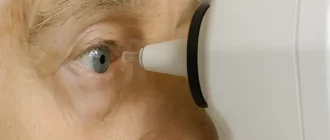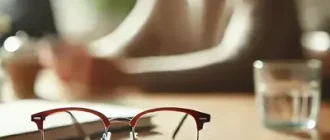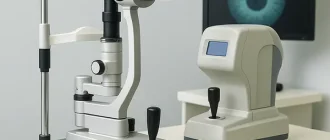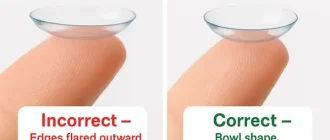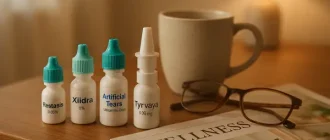Taking out contact lenses entails being cautious to ensure the well-being and protection of the eyes. Below is a sequential set of instructions that explain how to remove contact lenses.
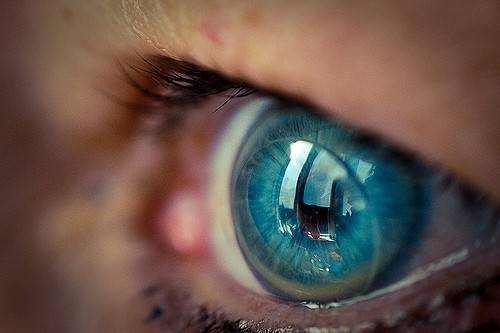
Here are the simple instructions and below it is the video:
- To keep the eyes free from dust or bacteria, it is important to wash and dry the hands with soap and a clean towel before touching them.
- Gazing upwards: Nod your head slightly back and direct your gaze towards the sky, which allows for a simpler approach to the lens.
- To pull down the lower eyelid, utilize the middle finger of your dominant hand.
- To carefully hold the contact lens, use your index finger and thumb of the other hand. Do not use your fingernails as they may harm the lens or cause scratches on the eye.
- Take out the lens cautiously from the eye and place it in its case using the appropriate lens solution.
- Do the same process again for the other eye.
Please refrain from applying force if you encounter any discomfort or difficulty when removing the lenses. Instead, apply some re-wetting drops to moisten the eye and wait a few minutes before attempting to remove the lens again. If the discomfort persists, it is advisable to consult a medical professional for further assistance.
It is important to practice good eye care by properly handling and cleaning contact lenses.
You’re done! It truly is simple to do.

